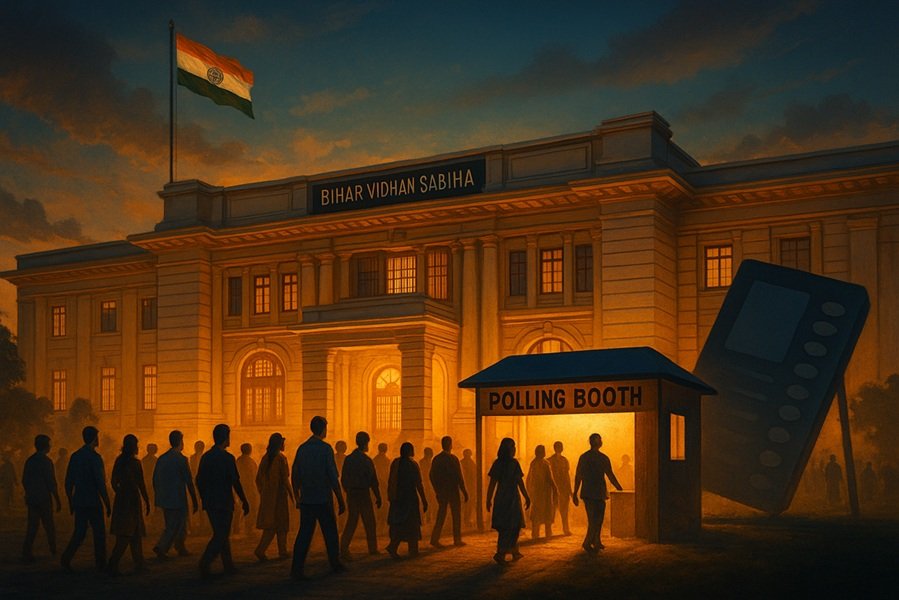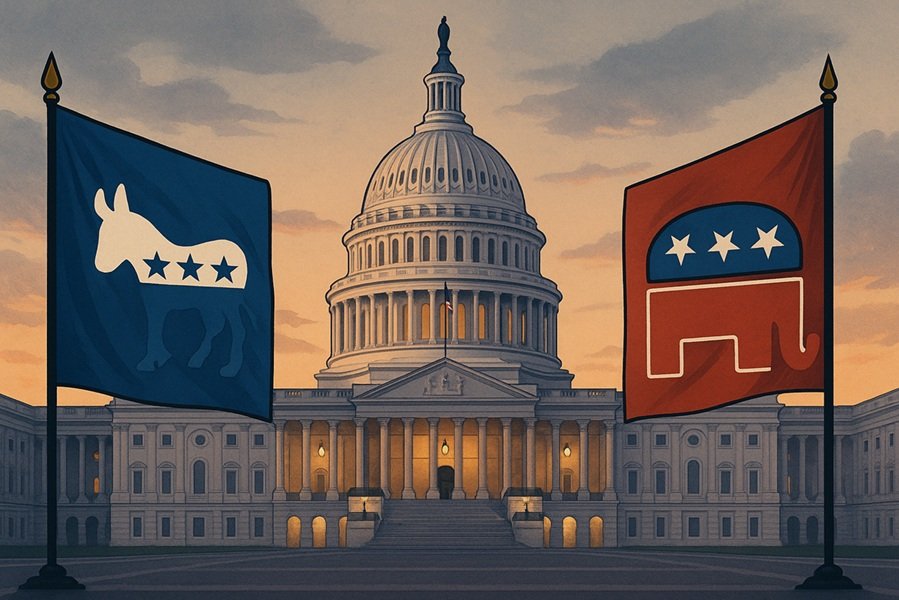
The Indian Constitution is a living document that guarantees a range of fundamental rights to its citizens, reflecting the values of justice, equality, and liberty. Among these rights, the “Right Against Exploitation” holds a unique place as it seeks to eliminate practices that are inhuman and degrading to human dignity. Enshrined in Articles 23 and 24, this right addresses the deep-seated issues of exploitation, ensuring the protection of vulnerable sections of society from oppressive practices.
Article 23: Prohibition of Traffic in Human Beings and Forced Labour
Article 23 explicitly prohibits practices such as human trafficking, forced labor, and begar (a system where services are forced without payment). This article aims to uphold human dignity and provide protection against exploitation by ensuring that no individual is coerced into labor against their will.
Key Provisions of Article 23:
- Prohibition of Trafficking and Forced Labour: Article 23(1) states that “Traffic in human beings and begar and other similar forms of forced labour are prohibited and any contravention of this provision shall be an offence punishable in accordance with law.”
- Human trafficking involves the recruitment, transportation, or exploitation of individuals, often for sexual exploitation, forced labor, or slavery.
- Begar refers to a practice where people are compelled to work without any payment or remuneration.
- Exception for State-Imposed Compulsory Service: Article 23(2) provides an exception for compulsory service required by the state for public purposes, such as conscription for defense or community service, provided it does not discriminate on grounds of religion, race, caste, or class.
Legislative and Judicial Support:
To give effect to Article 23, various laws and regulations have been enacted in India, such as:
- The Immoral Traffic (Prevention) Act, 1956, which combats human trafficking for sexual exploitation.
- The Bonded Labour System (Abolition) Act, 1976, which seeks to eradicate bonded labor.
Judiciary has also played a significant role in upholding the essence of Article 23. In People’s Union for Democratic Rights v. Union of India (1982), the Supreme Court ruled that forcing workers to work for less than the minimum wage constitutes forced labor and is a violation of Article 23.
Article 24: Prohibition of Employment of Children in Factories, etc.
Article 24 focuses on protecting children from exploitation by prohibiting their employment in hazardous industries and occupations. This article aims to safeguard the childhood of India’s younger generation by ensuring that children are not subjected to labor that can harm their physical and mental development.
Key Provisions of Article 24:
- Prohibition of Child Labour in Hazardous Work: Article 24 states that “No child below the age of fourteen years shall be employed to work in any factory or mine or engaged in any other hazardous employment.”
- Focus on Hazardous Employment: The emphasis is on occupations and processes that are hazardous to the health and safety of children.
Legislative Measures:
The prohibition under Article 24 has been reinforced through several laws, including:
- The Child Labour (Prohibition and Regulation) Act, 1986: This act prohibits the employment of children below 14 years in certain occupations and processes.
- The Juvenile Justice (Care and Protection of Children) Act, 2015: This law penalizes anyone who employs children in contravention of the law.
- The Right of Children to Free and Compulsory Education Act, 2009: Ensures that children between the ages of 6 and 14 receive free education, which indirectly discourages child labor.
Judicial Intervention:
The judiciary has consistently interpreted Article 24 to ensure child welfare. In MC Mehta v. State of Tamil Nadu (1996), the Supreme Court mandated the regulation of child labor in non-hazardous industries and recommended welfare measures for affected children.
Broader Implications of the Right Against Exploitation:
The Right Against Exploitation is integral to achieving social justice in India. It recognizes the systemic inequalities that have historically led to exploitation and seeks to address them. By criminalizing practices such as human trafficking, bonded labor, and child labor, the Constitution ensures that every individual can live with dignity.
Challenges in Implementation:
Despite the robust constitutional provisions and supporting legislation, challenges remain in eliminating exploitation:
- Poverty and Illiteracy: Many people, especially in rural areas, are compelled to work in exploitative conditions due to economic necessity.
- Lack of Awareness: Many individuals are unaware of their rights, making them more susceptible to exploitation.
- Enforcement Issues: Weak enforcement mechanisms and corruption hinder the effective implementation of laws.
- Cultural Norms: In some cases, traditional practices perpetuate exploitative systems, such as bonded labor and child labor.
Steps Forward:
To fully realize the vision of Articles 23 and 24, a multi-pronged approach is required:
- Strengthening enforcement mechanisms to ensure strict compliance with laws.
- Enhancing public awareness about the rights against exploitation.
- Focusing on poverty alleviation and education to address the root causes of exploitation.
- Encouraging community participation in identifying and reporting exploitative practices.
Conclusion:
The Right Against Exploitation, enshrined in Articles 23 and 24 of the Indian Constitution, reflects a commitment to human dignity and justice. By prohibiting inhuman practices such as trafficking, forced labor, and child labor, the Constitution provides a strong foundation for an equitable society. However, the journey towards eradicating exploitation entirely requires concerted efforts from the government, judiciary, civil society, and citizens. Only through collective action can the vision of a truly exploitation-free India be realized.







